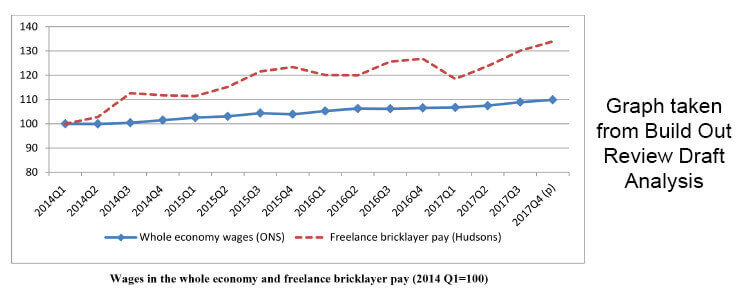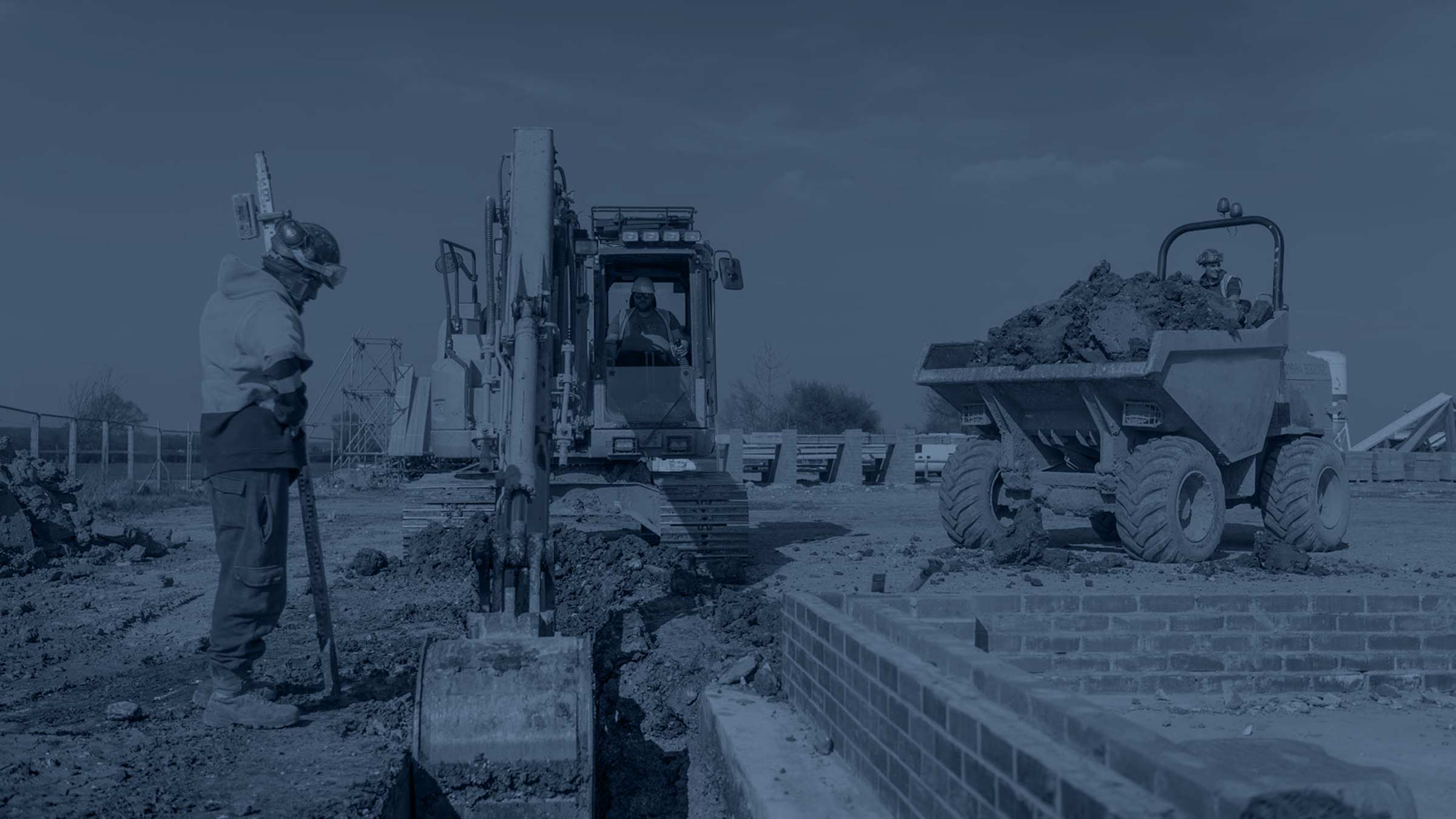3rd July 2018 | David Jackson
Hudson Contract pay stats: A more accurate guide to earnings than those provided by the Office of National Statistics.
Hudson Contract’s pay statistics have become a central plank of Sir Oliver Letwin’s investigation into why major house builders take so long to build homes on large sites once planning permission has been given.
Earlier this year, when the review got underway, site managers told Sir Oliver a lack of skilled labour was partly responsible for housebuilding delays, and this was backed by the Federation of Master Builders and the Royal Institution of Chartered Surveyors.
At this point, Sir Oliver turned to the Office of National Statistics – the ONS – to zone in on pay rates. “His thinking was that the labour issue could perhaps be solved by raising wage rates to attract workers from construction’s other sectors,” says Hudson Contract Chairman David Jackson. “According to the ONS, bricklayers earn less than the average wage and their earnings have remained static for several years.”
As the review progressed, however, Sir Oliver learned that up to 90% of bricklayers are self-employed and are therefore excluded from the ONS figures. “We were contacted and asked to share our unique pay stat data, and we were happy to do so.” David Jackson says.
Sir Oliver’s just-published draft review states: “Hudson, a company that administers payroll for many thousands of self-employed people, with a large number of bricklayers amongst them… gives a national average weekly wage for self-employed bricklayers around 60% higher than the ONS figure for employed bricklayers. If we take these national figures for self-employed bricklayers rather than the ONS data for employed bricklayers as the guide, then we observe also a rise in bricklayer earnings of over 30% since Q1 2014 – suggesting that the market in this particular set of skills is very much tighter than it was in 2014.”

David Jackson continues: “As our clients know, bricklayer earnings are a barometer for the entire construction industry. With this in mind, I have now written to Sir Oliver with further information that I hope he will find pertinent and useful.
“It came as no surprise to us that freelance brickies are earning considerably more than the few still directly employed – demand for their services continues to increase and earnings are directly linked to the outcome of bricks being laid. By the same token, ten years ago, when the recession began to bite, freelance earnings dropped dramatically with self-employed bricklayers among the first to be told there was no work for them. So today’s pay rates reflect the upswing – quite simply, we are in a period of high demand for skilled labour.
“And while Sir Oliver makes it clear that we need more bricklayers in order to meet the government’s house building targets, an analysis of bricklayers by age will show that many of them are nearer to retirement rather than the beginning of a career.”
The draft review goes on to estimate that around 75% of the UK’s bricklayers are already working in the house building sector – and that the country needs to train 15,000 new bricklayers, ideally within the next five years.
“This is Sir Oliver’s favoured option,” David Jackson explains. “The alternatives are that there needs to be a significant move away from brick-built homes, or we need to solve the skills gap with overseas workers.”
But having spoken to training providers, including the CITB, Sir Oliver says there is ‘no prospect of the providers being able to produce such a change of gear, and he is now asking the government to consider alternatives.
“There is specific mention of a ‘flash’ programme of pure on-the-job training,” David Jackson says. “Knowing the CITB as I do, I’m not in the slightest surprised they have not already acted to minimise the effect of the skills shortage. If they cannot help to solve it, then the government needs to provide funding so firms up and down the country, from small building companies to the major house builders themselves can train the next generation of bricklayers with home-grown talent. The work is clearly there . . . and youngsters are waiting to start well-paid careers.
“If the flash programme goes ahead, we will give it our full backing, and I am confident many of our clients will want to be involved. Let’s make it happen!”
The full report can be viewed here
Want to talk to us?
If you would like to get in touch, call us or fill in your details and we will call you back.
Call 01262 401040
Request a callback
Value Freelance Builders
The latest version of this key report highlights how freelance builders play a crucial and unrivalled role in boosting economic efficiency and productivity in the construction sector.
Plus debunks the myth that freelancers in the construction industry are exploited.

To speak to one of our team, call us on 01262 401040
Or request a callback and one of our team will be in touch at a time that suits you.
Request a callback
Please select your role and fill in your details and we'll get you the right person to call you:




